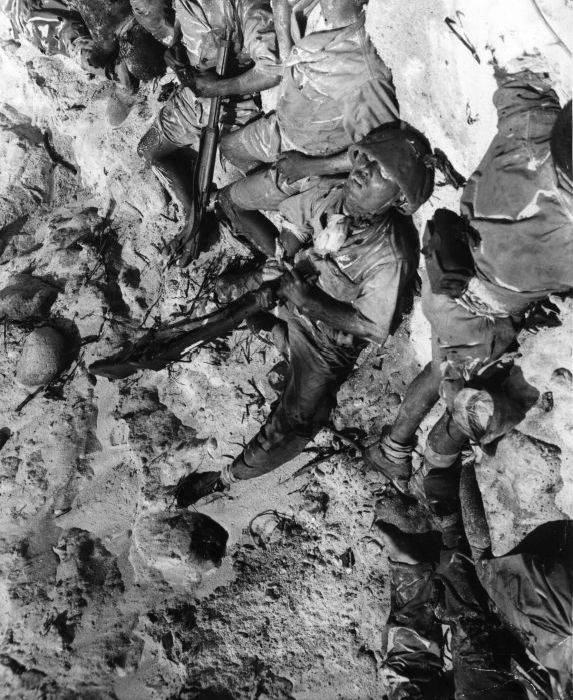|
|
History: World War II Photography
|
World War I radically altered the diplomatic and political situations in Eurasia and Africa with the defeat of the Central Powers, including Austria-Hungary, Germany, and the Ottoman Empire; and the 1917 Bolshevik seizure of power in Russia. Meanwhile the success of the Allied Entente powers including the United Kingdom, France, the United States, Italy, Serbia, and Romania and the creation of new states from the collapse of Austria-Hungary and the Russian Empire resulted in a major shift in the balance of power from central and eastern Europe to the Atlantic littoral. In the aftermath of the war major unrest in Europe rose, especially irredentist and revanchist nationalism and class conflict. Irredentism and revanchism were strong in Germany because she was forced to accept significant territorial, colonial, and financial losses as part of the Treaty of Versailles. Under the treaty Germany lost around 13 percent of its home territory and all of its overseas colonies, while German annexation of other states was prohibited, massive reparations were imposed and limits were placed on the size and capability of Germany's armed forces. Meanwhile, the Russian Civil War had led to the creation of the Soviet Union. After Lenin's death in 1924, Stalin seized power in the USSR and repudiated the New Economic Policy favouring the Five Year Plans instead.
In the interwar period, domestic civil conflict occurred in Germany involving nationalists and reactionaries versus communists and moderate democratic political parties. A similar scenario occurred in Italy. Although Italy as an Entente ally made some territorial gains, Italian nationalists were angered that the terms of the Treaty of London upon which Italy had agreed to wage war on the Central Powers, were not fulfilled with the peace settlement. From 1922 to 1925, the Italian Fascist movement led by Benito Mussolini seized power in Italy with a nationalist, totalitarian, and class collaborationist agenda that abolished representative democracy, repressed political forces supporting class conflict or liberalism, and pursued an aggressive foreign policy aimed at forcefully forging Italy as a world power, and promising to create a "New Roman Empire." In Germany, the Nazi Party led by Adolf Hitler pursued establishing such a fascist government in Germany. With the onset of the Great Depression, Nazi support rose and, in 1933, Hitler was appointed Chancellor of Germany, and in the aftermath of the Reichstag fire, Hitler created a totalitarian single-party state led by the Nazis.
|
|









